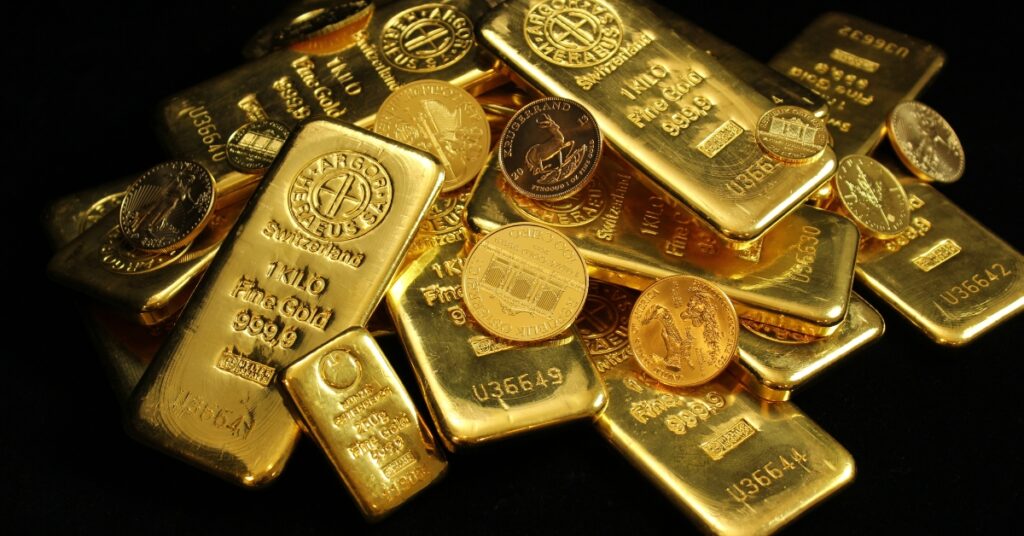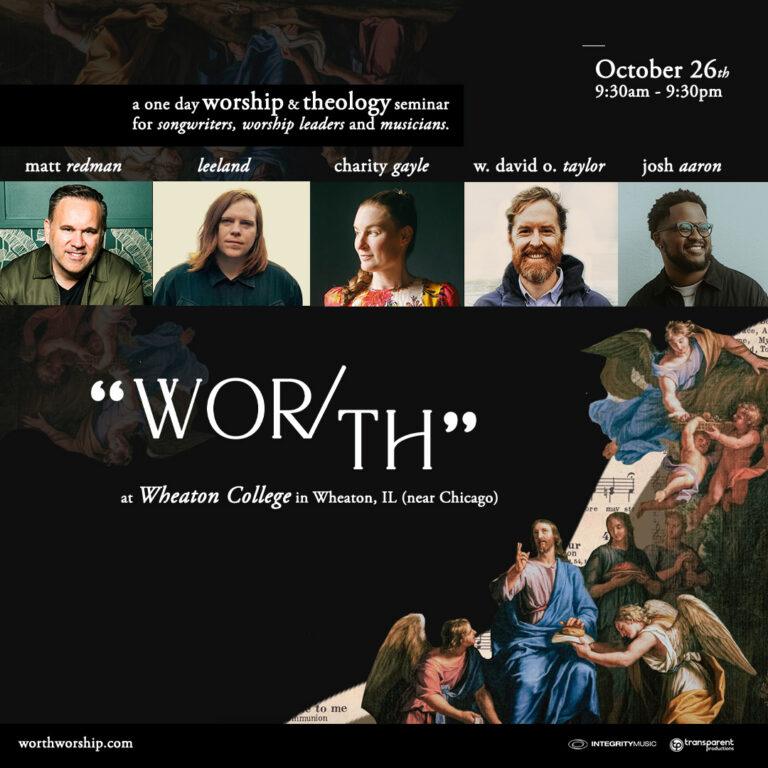By: Bec Harris
If you’ve been keeping an eye on the markets lately, you might’ve noticed something glittering a little brighter than usual, gold. Right now, it’s sitting at about USD 4,017 an ounce, or roughly AUD 6,000 an ounce.
That’s a staggering jump, considering just a couple of months ago, it was trading a little over USD 3,000. Over the past year, we’re looking at a return of around 50% and silver’s not far behind either.
Financial commentator Jason Featherby from Leeuwin Wealth shares his insights on what’s driving this surge and what it could mean for everyday investors.
What’s Influencing The Rise?
Gold and silver move in correlation, but silver often lags behind. “Gold is the most identifiable precious metal,”Jason says. “Silver has more day-to-day use, so when gold has already run its course, investors often turn to silver.”
That naturally fuels demand. In fact, the Perth Mint recently had weeks where 7,000 visitors came through and they’ve even run out of physical silver for sale!
So what’s behind this renewed rush toward precious metals?
- Interest rates – As rates come down, the opportunity cost of holding gold drops. “If term deposits only offer 3%, you’re probably thinking you might as well hold gold instead,” Jason explains.
- A weakened US dollar – Gold is priced in US dollars. So when the dollar weakens (often due to rate cuts), gold prices tend to strengthen, especially as foreign buyers look for value elsewhere.
- Safe haven demand – In uncertain times, tangible assets feel safe. “You can see it, touch it, even hide it under your mattress,” Jason says. It’s that sense of security that keeps drawing investors back.
- Global diversification – Emerging nations like China used to lean heavily on US dollars for stability. Now, many are stockpiling gold instead, a sign of shifting confidence in global currencies.
The Rhythm of The Gold Market
If you’ve been following gold for a while, you’ll know it’s not always on the move. Jason notes that gold prices tend to sit quietly for years, then suddenly “reset” upward, before stabilising again.
What’s unusual right now is that both stock markets and gold are hitting record highs, a combination that doesn’t usually happen together.
Should Gold Be In Your Portfolio?
Jason’s answer, yes, but in moderation.
“It depends on your goals and objectives,” he says. “For most investors, we allocate no more than 5–10% of a portfolio to gold, silver, or similar assets.”
The reason? Gold doesn’t produce income. “It doesn’t pay a dividend,” Jason explains. “If you’re retired and rely on steady income, too much gold may not help.” But as a diversifier and safe haven, it can be incredibly valuable, especially when other markets are unstable.
At present, Jason’s firm holds around 5–7% of portfolios in gold bullion (paper gold) and 2–3% in copper.
Physical vs. Paper Gold
Buying gold can mean different things. There’s physical gold, coins or bars you can hold, and paper gold, which exists as exchange-traded funds (ETFs) or managed funds on the stock market.
- Physical gold: You can see and store it (often at the mint, for a small fee).
- Paper gold: Easier to buy and sell, and it tracks the gold price without storage issues.
Jason advises checking that any paper gold investment is backed by physical gold, not synthetic derivatives. “If the worst happens, you won’t have anything to back for it”.
Other Ways to Invest in Gold
Besides bullion and funds, investors can consider gold stocks, shares in mining companies. These can offer upside if production and management are strong, but they come with extra risks: operational challenges, international tariffs, and geopolitical factors.
For those who like stories behind their investments, Australia’s market still has mid-tier gold companies, though Jason notes that many successful ones eventually get bought out by bigger international players, like Newmont. “It’s great for investors, but a little sad to see our local gold businesses go offshore,” he says.
Selling Your Gold
If you’re sitting on some gold coins or bullion and wondering where to sell, Jason recommends starting with the Perth Mint for valuation. It’s trustworthy and safe. You can also try collectable traders or antique dealers. “As a last resort,” he adds, “there’s always Facebook Marketplace, but go to the Mint first!”
Article supplied with thanks to Sonshine.
Feature image: Canva





